From vegnews.com
Is bread vegan? Here’s everything you need to know about this staple food
A jug of wine, a loaf of bread, and thou was good enough for 10th-century Persian mathematician and poet Omar Khayyam. For many of us, all these years later, at least that middle item is really cherished.
Is bread vegan, though? The answer is often yes, but sometimes, it is not.
Whether you slice it, tear it, fill it, or toast it, from the simple sandwiches we eat at our desks to the avocado toast, we just can’t quit bread.
A brief history of how bread is made
By definition, bread is a food made of flour or a meal that is usually leavened, moistened, kneaded, and baked. The first bread dates back to the Neolithic era, nearly 12,000 years ago, and was made of coarsely ground grains and water, most likely baked on heated stones and covered with hot ashes.
Egyptians developed the first sourdough, likely by accident when wild yeast spores and air activated the fermentation process in the dough, but bread in one form or another is found in virtually every culture and corner of the world, from the sour injera of Ethiopia to the crusty baguettes of France.
Some breads, mainly flatbreads, are unleavened, which means they do not contain rising agents, and many thicker breads are leavened, using a variety of means, like baker’s yeast or baking soda. Many breads are made with wheat but there are also others made with a variety of grains, like teff, millet, and corn flour.
Is bread healthy?
While people have loved bread for millennia, controversy arose in recent years with low-carb diet fads demonizing grains as contributing to weight gain and other issues. According to Lee Crosby, RD with the Physicians Committee for Responsible Medicine, not all carbs are created equal. “Carbohydrates are an important part of a healthy diet. But some people consider all carbs, from soda to sweet potatoes, to be equal. Decades of science tell us that this simply isn’t true—the body handles lentils differently than it does lollipops,” Crosby explains.
Specifically, what about bread, though?
Eating whole grains can reduce the risk of heart disease, Type 2 diabetes, strokes, and more, and, according to NutritionFacts.org, 99 percent of Americans do not consume enough whole grains.
According to the Cleveland Clinic, looking for 100-percent whole grain or whole wheat on the package will help you find a bread that has the myriad health benefits conferred by consuming whole grains.
When bread excludes refined flour, added sugars, and other unhealthy ingredients, it can be part of a healthy diet. Read on for the types of bread and some of the healthiest options to look for.
Types of bread
From loaves to bagels to those crusty baguettes, there are more types of bread than you most likely realize.
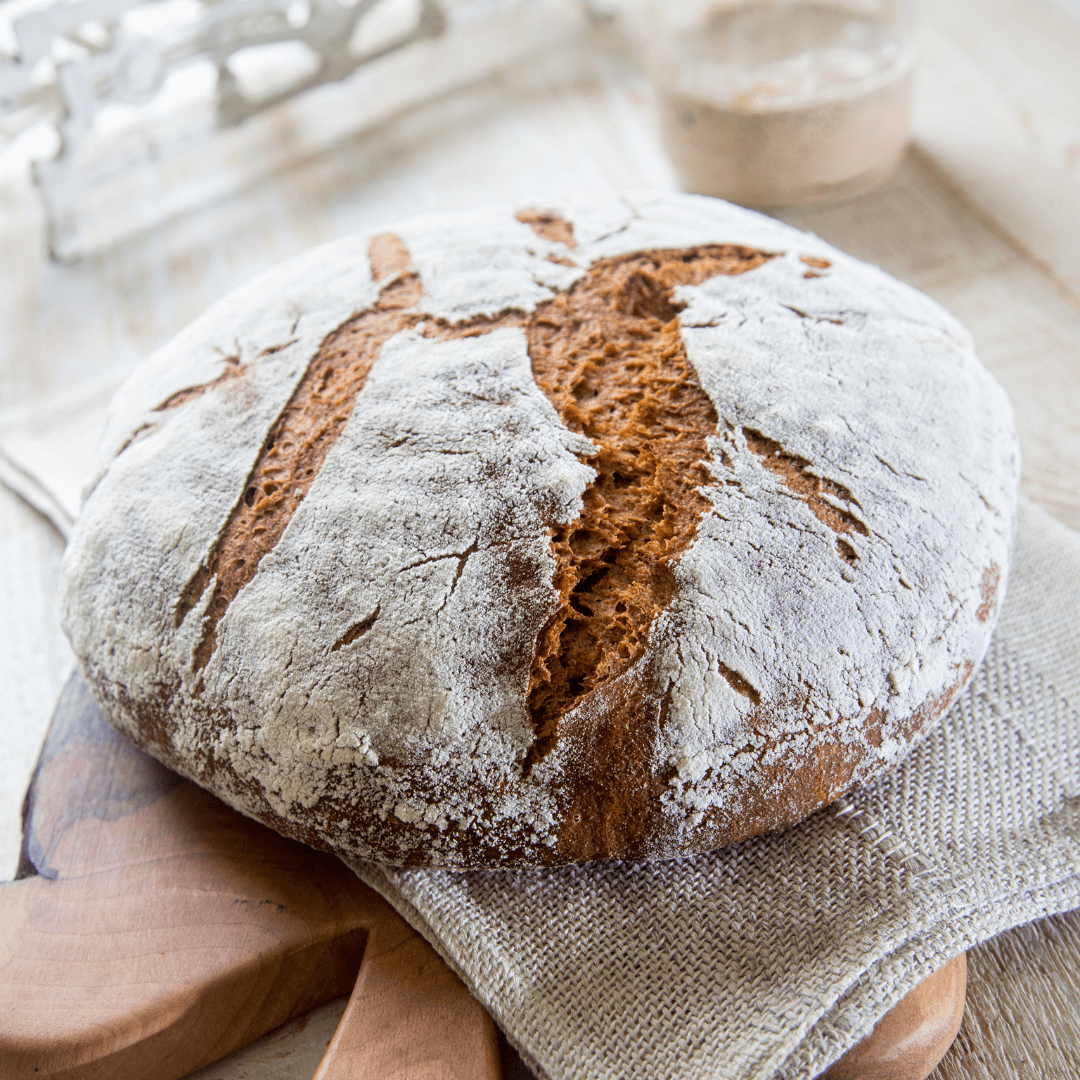
Canva
1Sourdough
Sourdough comes in a variety of shapes but all begin with a starter mixture of fermented flour and water. This starter, also referred to as the mother or sponge, can be decades old. When the yeast and the airborne bacteria combine, they ferment, which creates bubbles and the signature tangy flavour that people have adored for thousands of years. Sourdough does not rely on packaged yeast but the natural leavening agent of the starter and has a crisp crust.
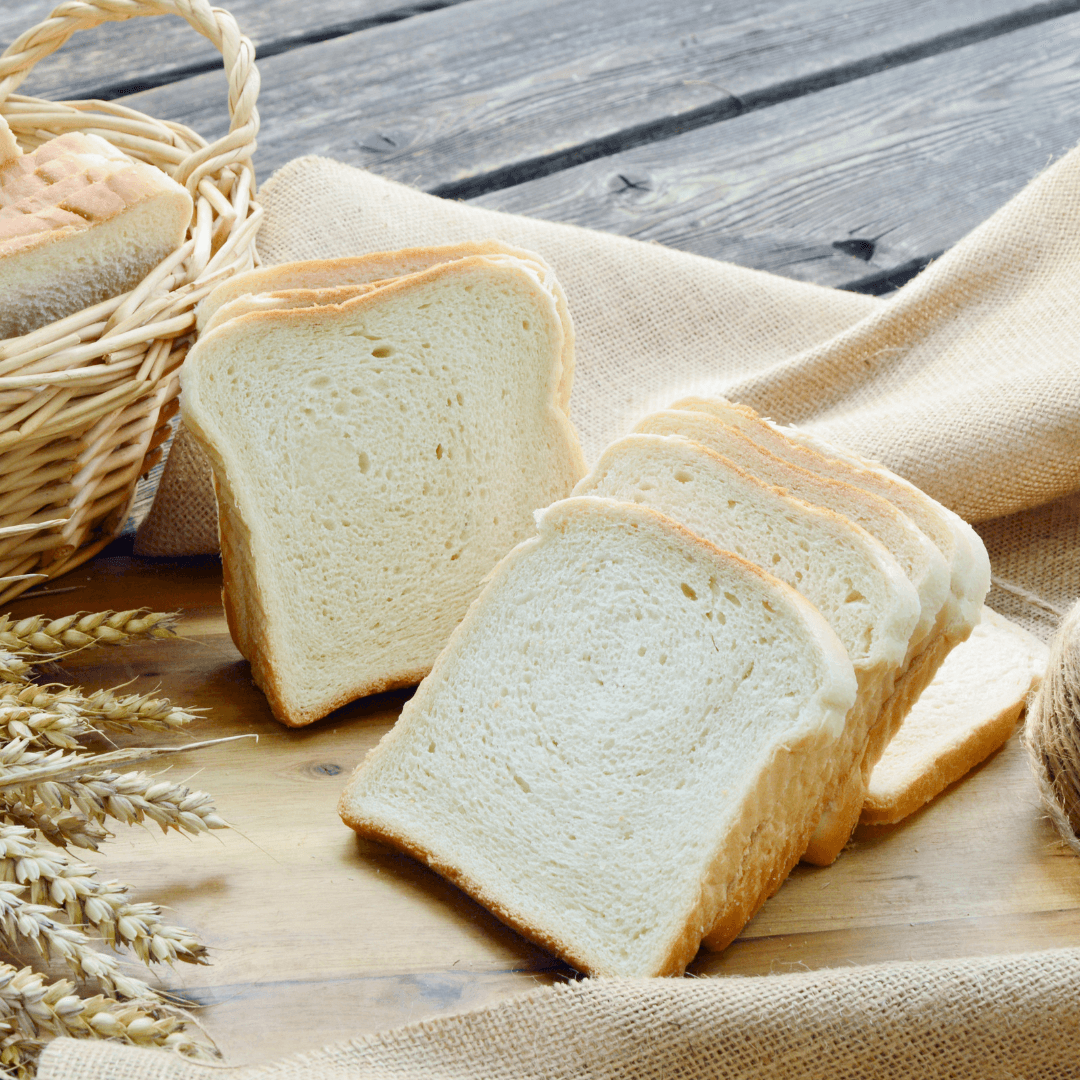
Canva
2White Bread
A catch-all for a number of types of bread, burger buns, bagels, and more, white bread is any bread where the bran and germ layers have been removed from the whole wheat kernel before being ground, resulting in a bread that is light in colour.
Low in fibre and nutritional value, white bread has an association with the worst aspects of modern food systems, but it has been around since the beginning of bread experimentation in ancient Egypt.
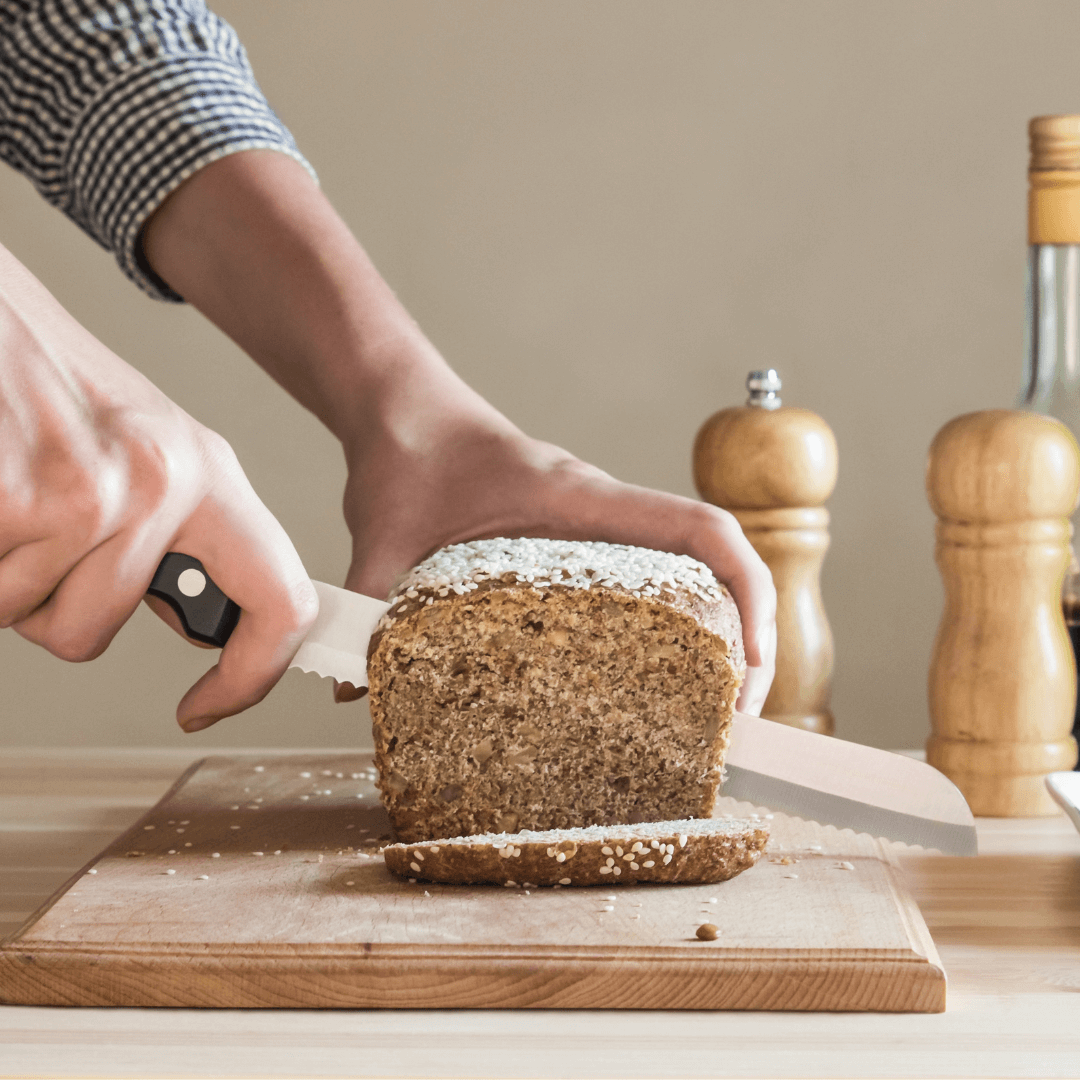
Canva
3Whole Grain
Whole grain means the bread is made with the complete kernel of grain, the bran, germ, and endosperm. This can be whole-grain wheat, oats, barley, or brown rice.
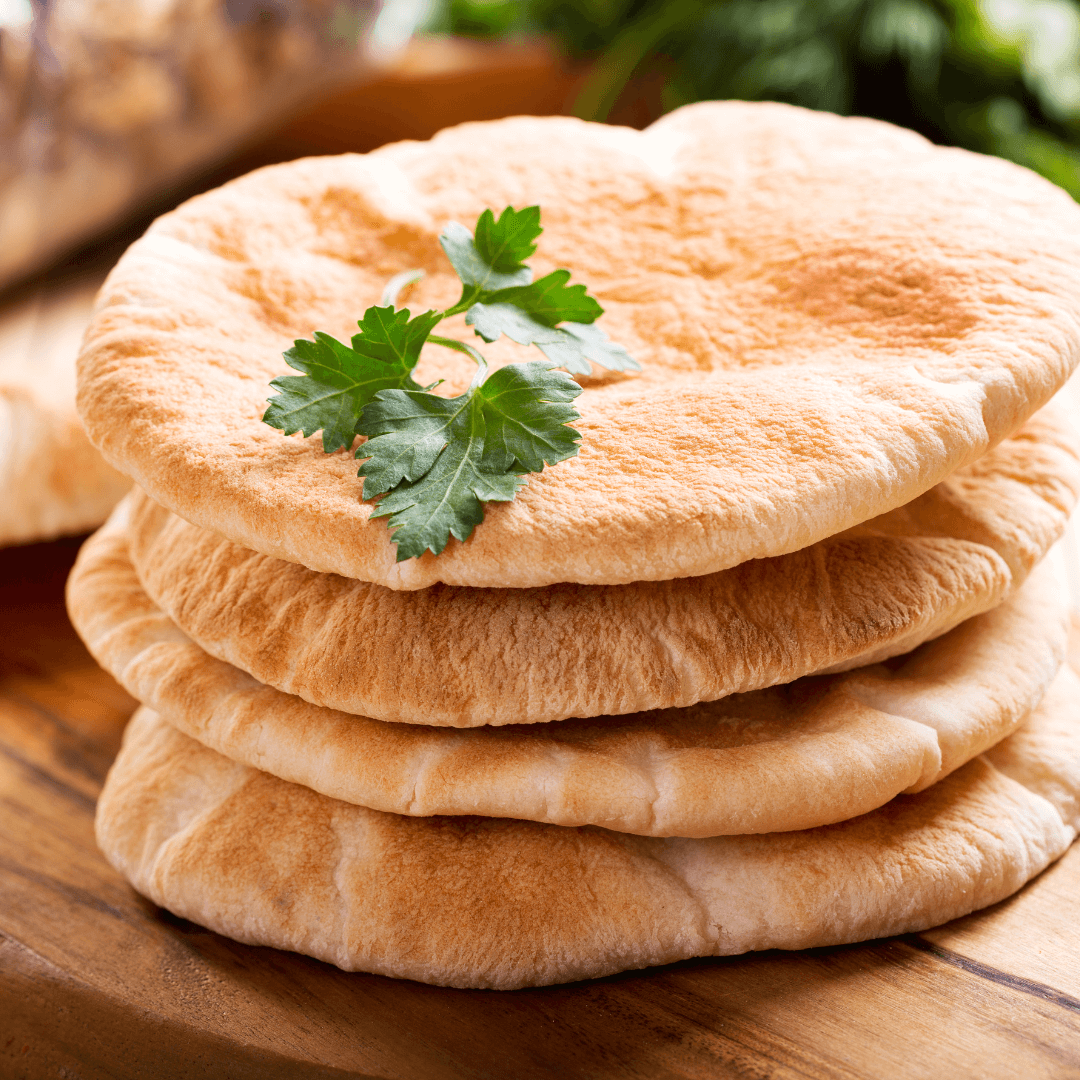
Canva
4Pita/Naan
Pita and naan are yeast-leavened, oven-baked flatbreads of Middle Eastern origin, though today naan is associated more with Indian cuisine. Pita is usually a pocket bread, classically used in falafel sandwiches, but sometimes it is flat and folded around a filling. Naan is eaten everywhere from the Indian subcontinent to Japan.
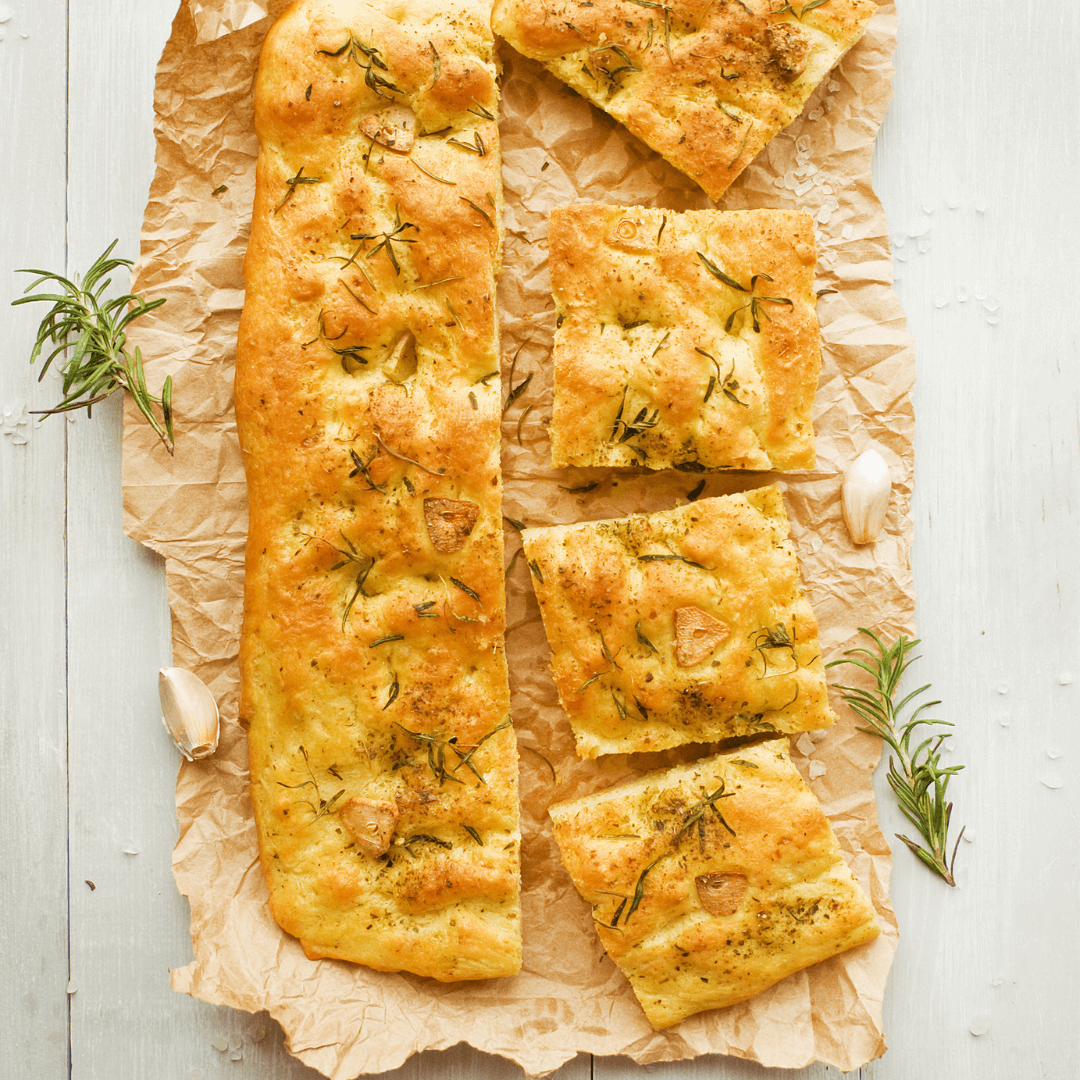
Canva
5Focaccia
A flat but puffy, yeast-risen flatbread with roots in ancient Rome, focaccia is similar to pizza crust and is sometimes used as the foundation for a pizza or sandwich. It can be cut in a variety of shapes making for endless possibilities.
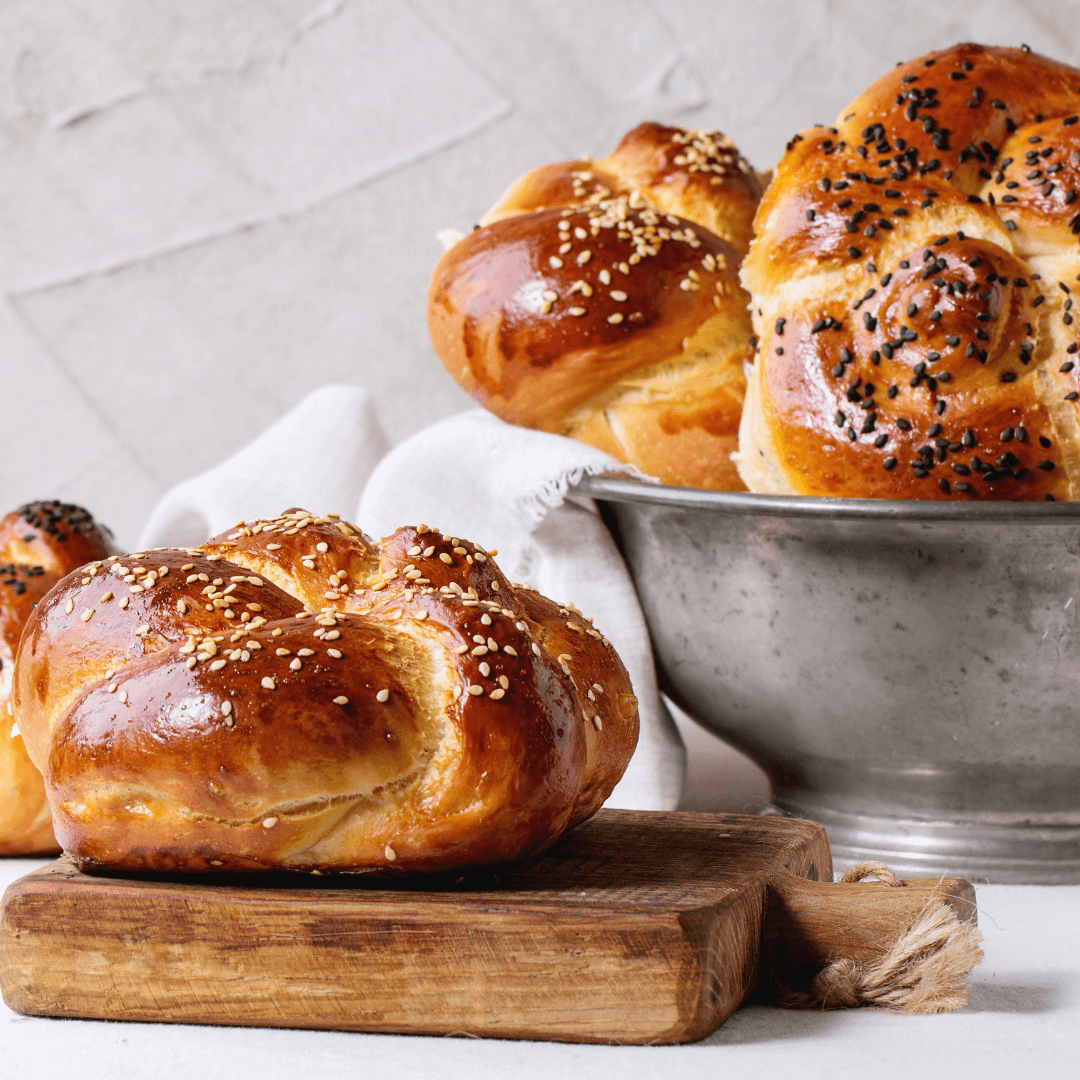
Canva
6Challah
Usually a braided bread of Ashkenazi origin, challah traditionally uses eggs but there are varieties that use water instead of egg. These are a lighter, less rich bread than egg-based challahs.
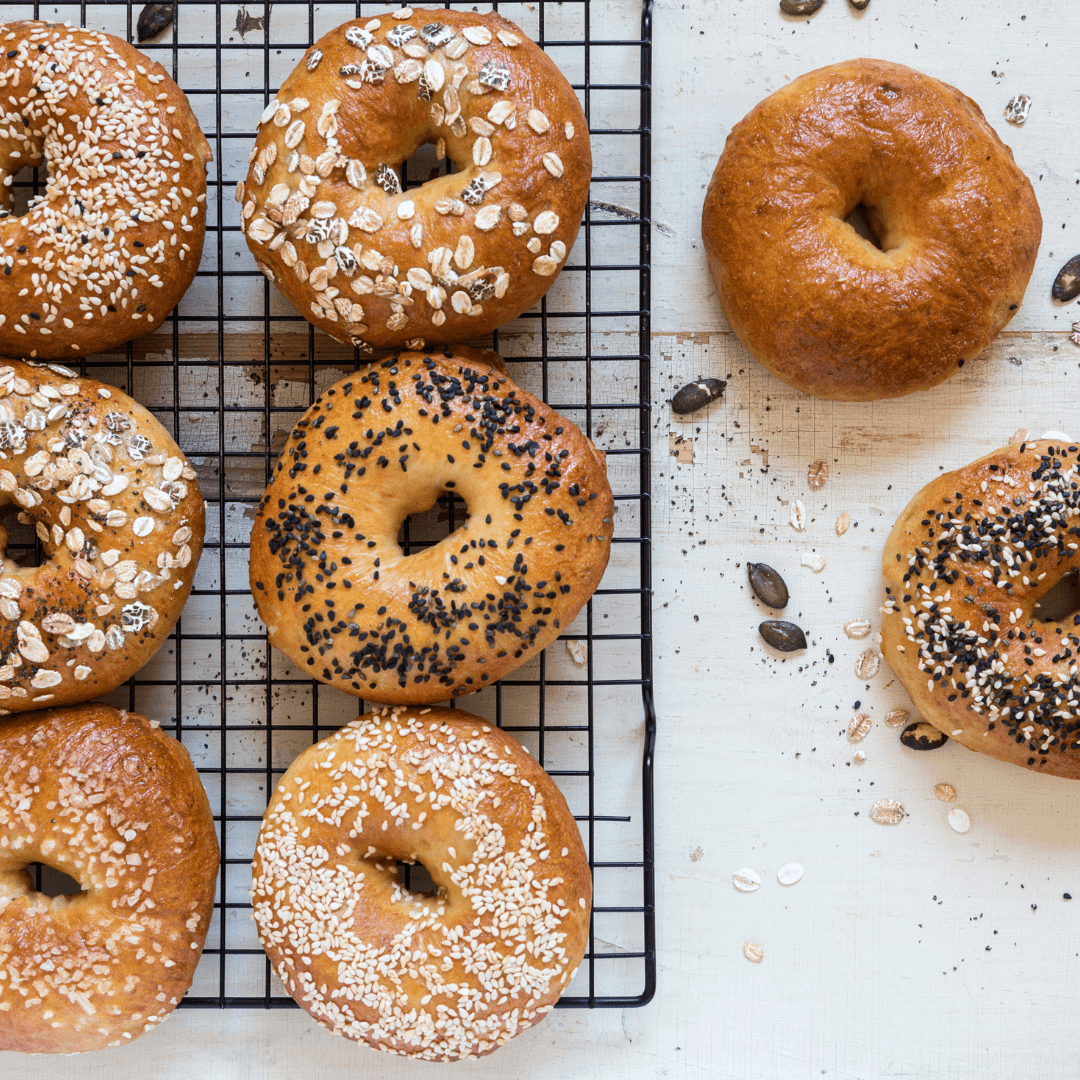
Canva
7Bagels
Yeasted dough that is shaped like a ring, boiled, and then baked, bagels come in a variety of flavours, like sesame, poppyseed, and of course, everything. Some are made with refined flour, and some are made with whole wheat, sprouted, or even gluten-free flour.
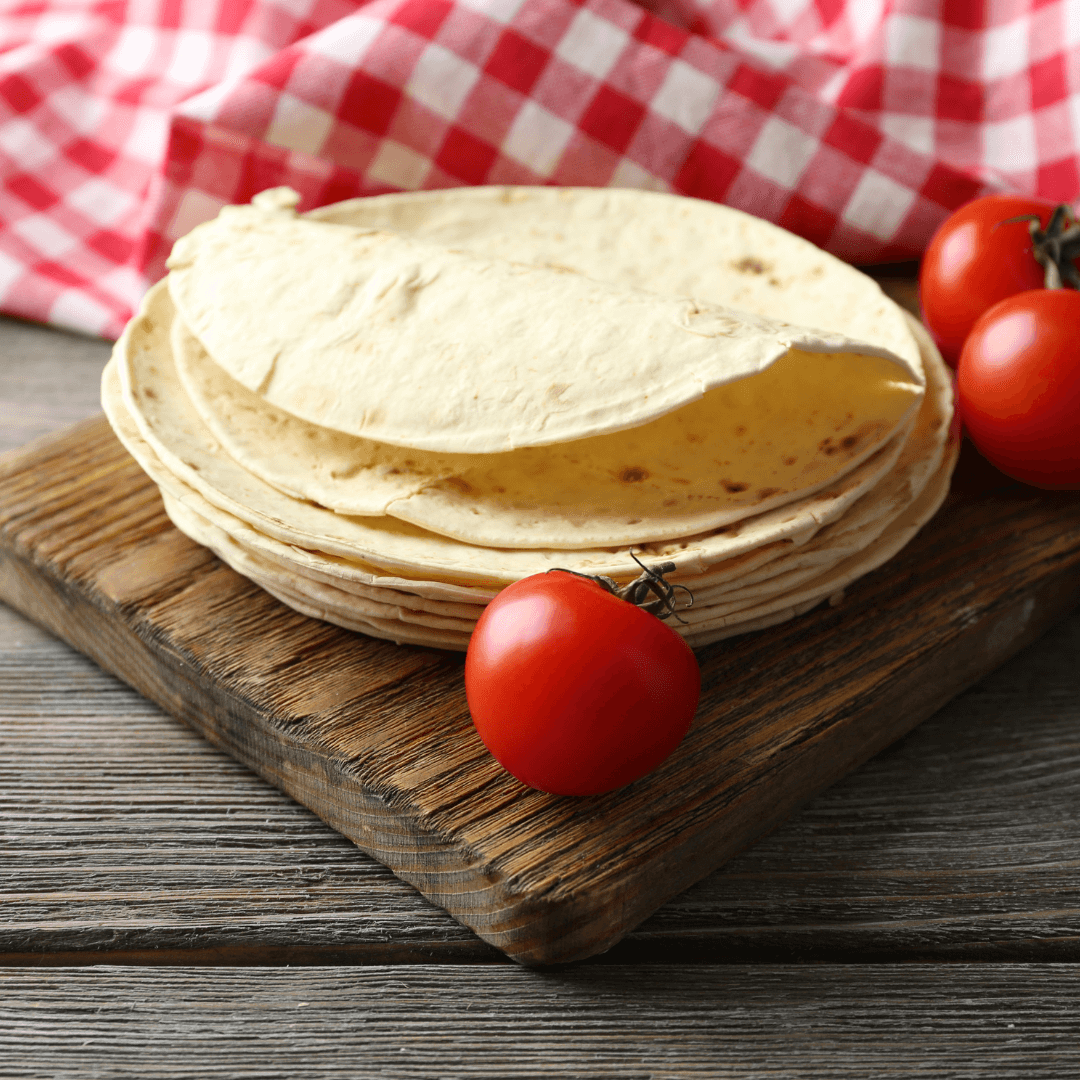
Canva
8Tortillas
Unleavened flatbreads that originated in Mexico, tortillas are made with maize meal or wheat and rolled into circular shapes.
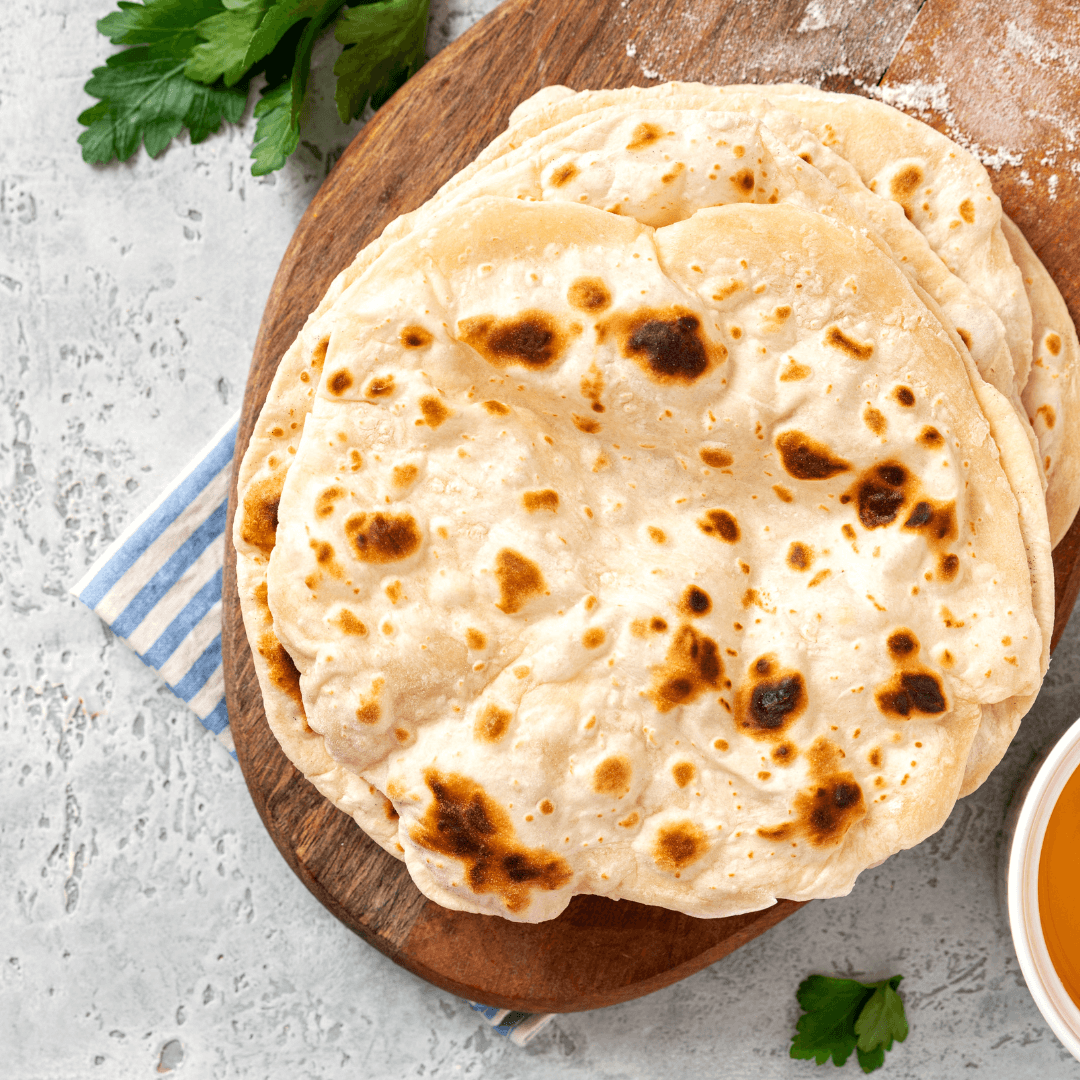
Canva
10Flatbreads
The earliest kind of bread, flatbreads vary from culture to culture around the globe from the soft, pillowy naan bread of India to the crispy, thin matzo of Jewish culture. Many flatbreads, like tortillas, are unleavened but some, like pita bread, are yeasted.
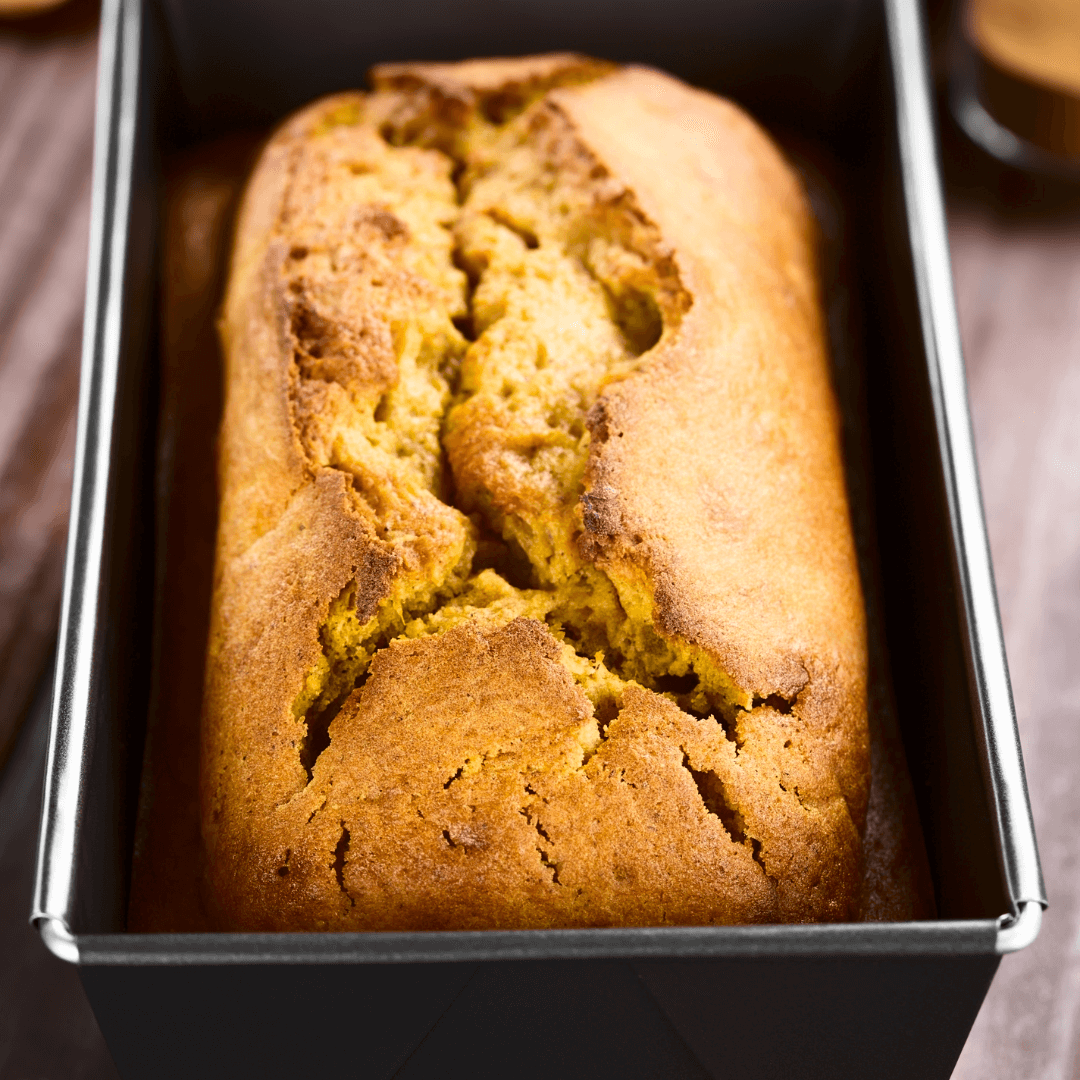
Canva
11Quick Breads
Quick breads are a category of bread that does not need yeast but requires baking soda and an acidic element like vinegar for releasing carbon dioxide and rising. Examples include Irish soda bread and biscuits; they are called quick bread because they don’t require lengthy rising and kneading processes. Other quick breads include sweet kinds, like banana, pumpkin, and zucchini varieties.
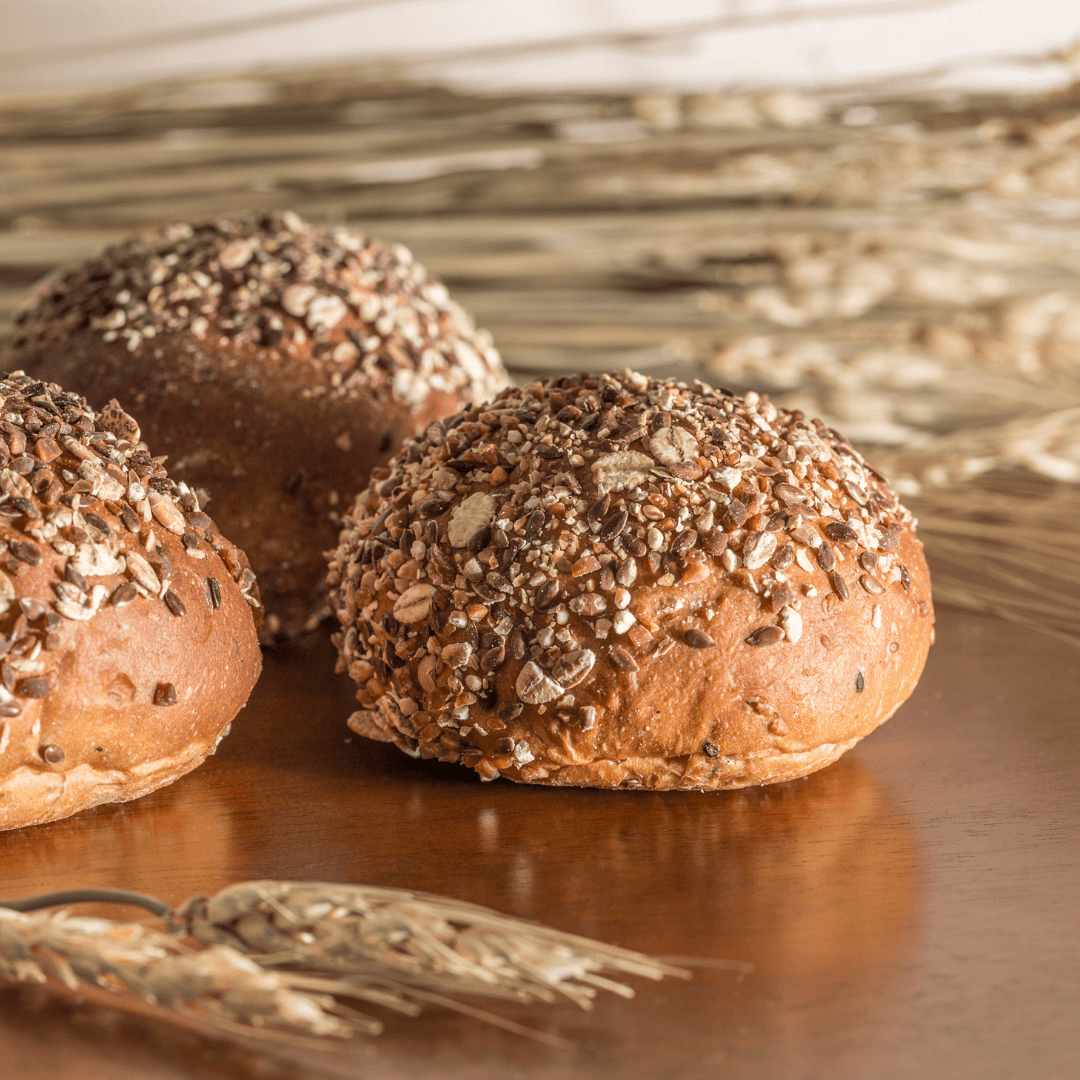
Canva
12Multigrain Bread
A multigrain bread contains two or more kinds of grain but is distinct from whole grain because it may not contain every part of the kernel. Some contain wheat as well as oats and rye and many have additional ingredients, like sunflower seeds. A high-fibre powerhouse, multigrain loaves and buns offer more complex carbs for those wanting to level up their nutrition.
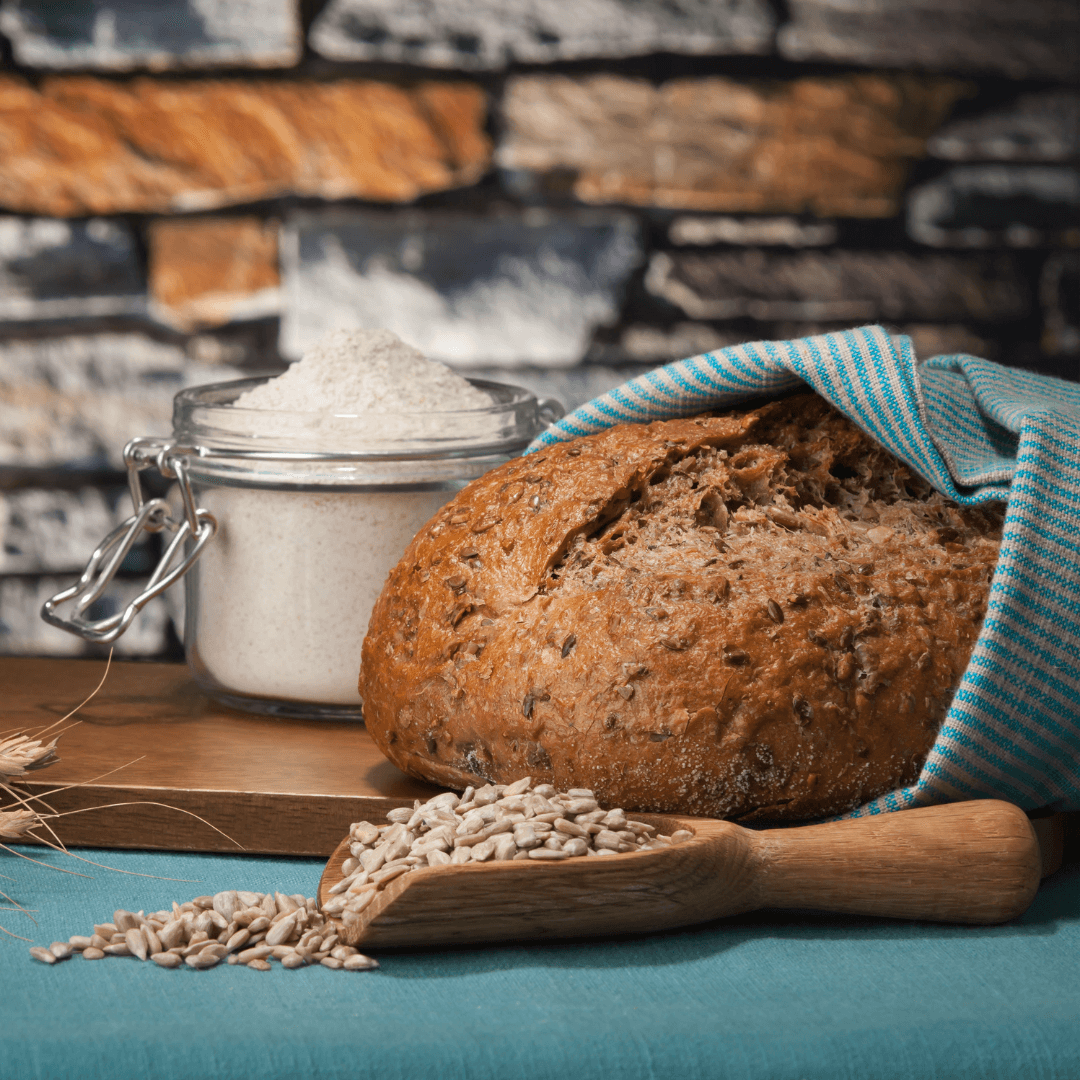
Canva
13Sprouted Bread
Made with whole grains that have germinated, sprouted breads may include wheat berries but also grains like millet and legumes like lentils that have the bran, germ, and endosperm included and germinated, resulting in more fiber, vitamins, and protein per serving than varieties with that removed. Essene bread, which claims to be based on a recipe developed by the Essenes, a Jewish sect of the 1st century, is an example of sprouted bread, slow-baked at a low temperature to maximize its nutritional value.
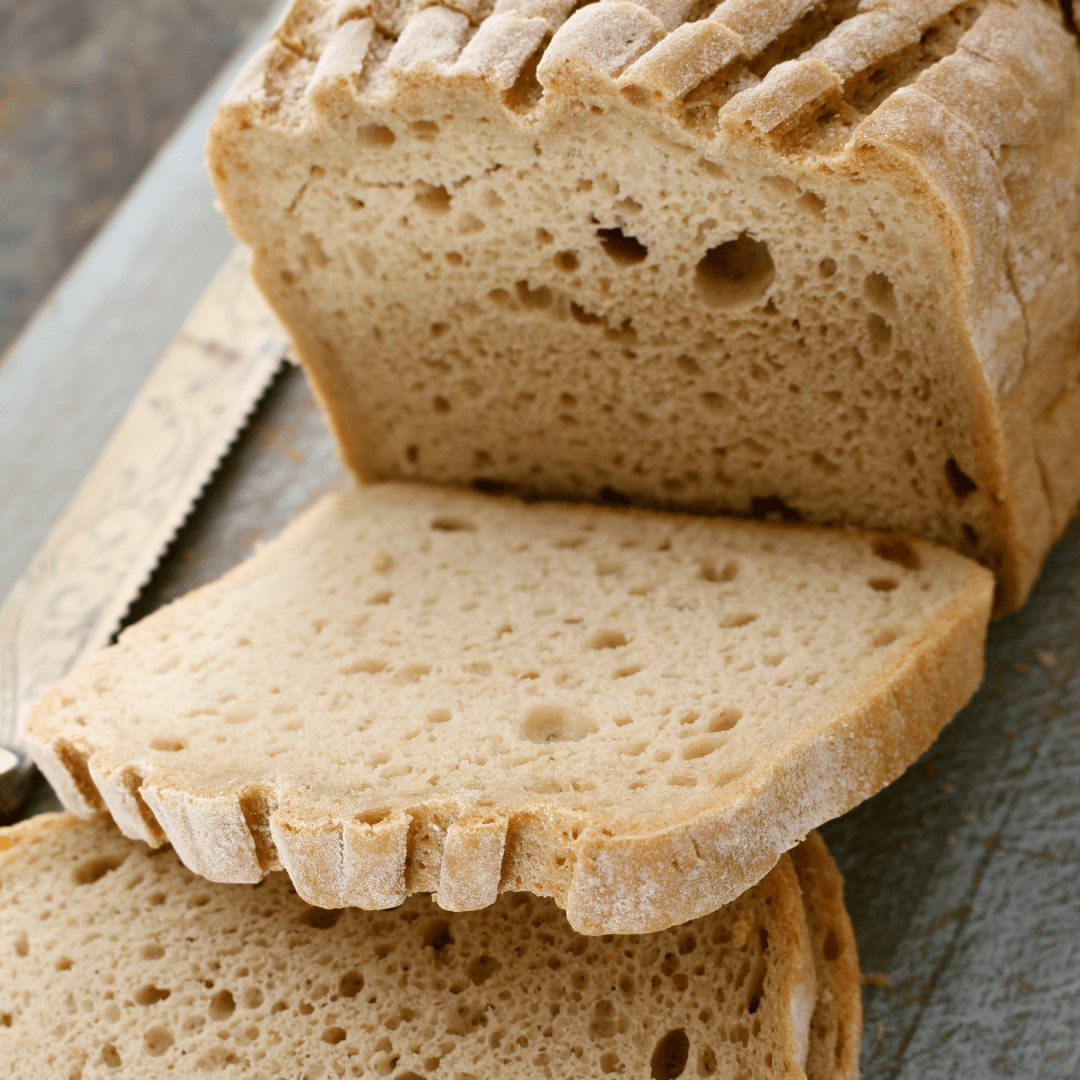
Canva
14Gluten-free bread
Bread that is free of grains that contain gluten—this would be wheat, barley, rye, and oats (oats depend on if gluten is an allergy or an avoidance)—is made with a variety of different ingredients, like rice flour, almond flour, millet flour, potato starch, and more that are combined and baked like traditional wheat bread.
Is bread vegan?
Many types of bread are vegan but some can contain animal ingredients. Animal-based ingredients can include dairy (in the form of milk but also butter, yogurt, and whey, for example), eggs, and honey.
White flour may also contain L-cysteine from the refinement process, which is a dough conditioning additive derived from feathers, pig hair, or even human hair. Mono and diglycerides are emulsifiers that may be added to commercial breads to aid the texture and these are often plant-derived, usually from soybean oil, but can be of animal origin. Lecithin, also an emulsifier frequently added to commercial bread ingredients, is usually plant-based but sometimes not.
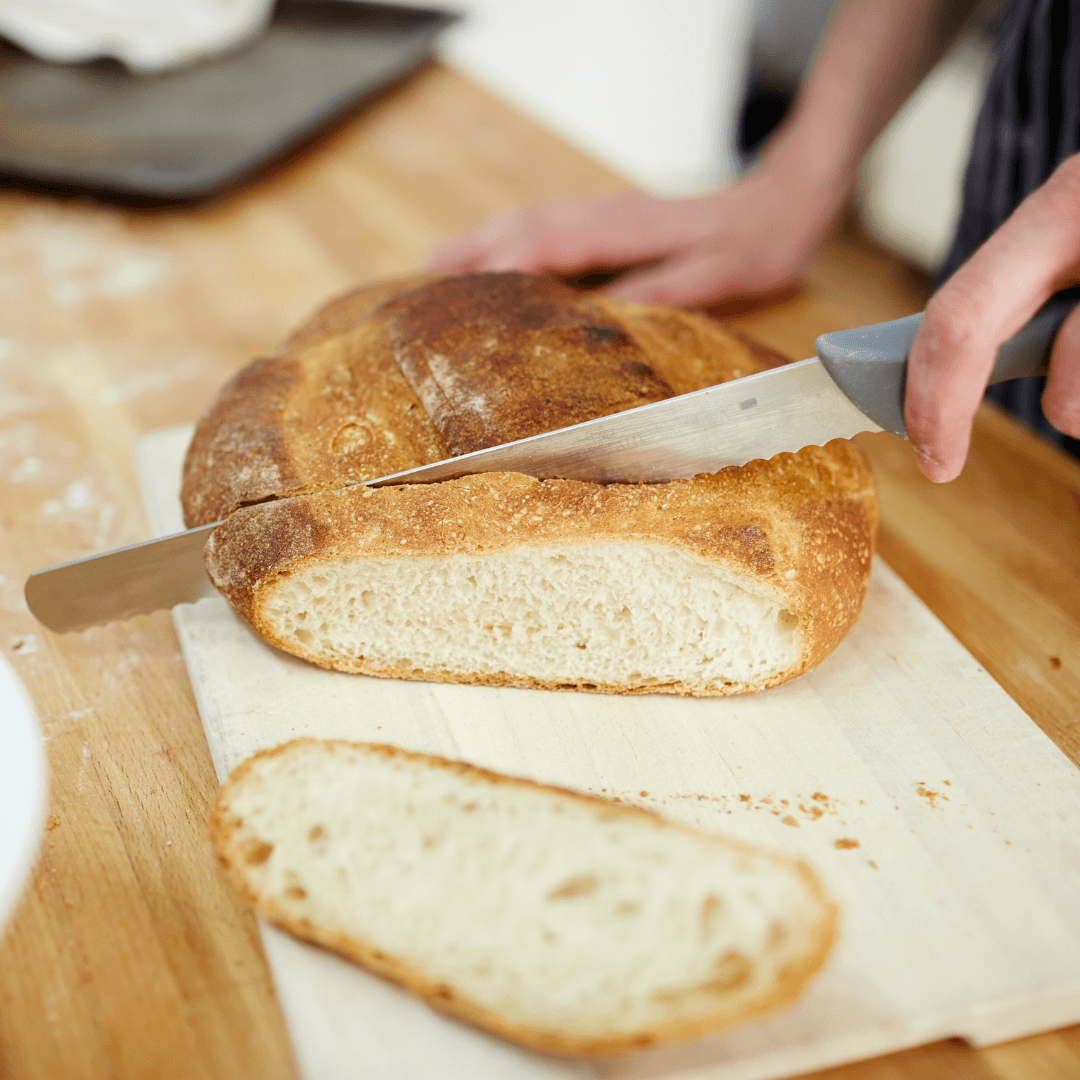
Canva
Read the ingredients to be safe and reach out to the manufacturer if you have any questions. Many brands are made on shared equipment and have to list possible allergens, like dairy and eggs, the product may have come in contact with but that does not mean it contains those ingredients. Such labels signify that there is the possibility of cross-contamination for people with allergies.
https://vegnews.com/vegan-health-wellness/nutrition/is-bread-vegan
No comments:
Post a Comment